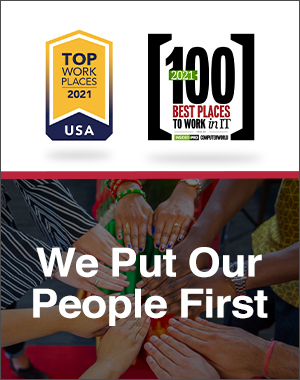
The hospice industry is preparing for significant change with the introduction of the Hospice Outcomes and Patient Evaluation (HOPE) assessment tool.
HOPE is designed to reshape patient care, data collection and financial sustainability. While the goal of HOPE is to improve patient-level and organizational care decisions, it also adds a new layer of complexity to financial planning for hospice providers.
Raianne Melton, Director of Clinical Services at Axxess, discussed the upcoming implementation of HOPE and the potential financial impact on hospice organizations.
HOPE’s Financial Implications
HOPE is a foundational component of future payment refinements by Medicare.
“Medicare has been very clear that the intent of HOPE is to inform future payment refinements,” said Melton.
The first full calendar year of HOPE will be 2026, with compliance determinations taking place in 2027. Payment impacts will follow in fiscal year 2028, emphasizing the importance of early and accurate data submission.
Financial Considerations
HOPE will significantly impact hospice financial outcomes through increased data collection and public reporting.
-
Public Reporting and Quality Measure: HOPE will expand quality metrics in Medicare, influencing consumer choice and potentially impacting patient flow.
“People go to Medicare Compare and compare the quality measures from the Hospice Item Set (HIS), but it’s really going to be expanded with the HOPE assessment,” explained Melton.
-
Compliance Requirements: Hospices must submit 90% of HOPE records within 30 days to avoid penalties, with a 4% reduction in reimbursement for noncompliance starting in fiscal year 2028.
-
New Data Collection Points: Providers must track and submit separate records for admission, HOPE Update Visits (HUV 1 and 2) and discharge. Admission and HUVs must be submitted within a specified window and discharge must be submitted within 30 days of the discharge date.
To prepare for these changes, hospices should review their current processes and identify gaps.
“Hospices need to look at how they’re going to educate their staff,” said Melton.
Prepare for HOPE
-
Evaluate and Strengthen Data Collection Processes:
Ensure seamless tracking of required HOPE assessment data.
Implement quality checks to maintain accuracy and completeness.
-
Enhance Staff Training and Readiness:
Begin training staff in mid-2025 to align with the October 2025 implementation.
Utilize sandbox environments to familiarize teams with the HOPE submission process.
-
Leverage Technology for Compliance and Quality Improvement:
Adopt dashboards and automated alerts for real-time tracking of compliance thresholds.
Monitor quality ratings to identify and address potential gaps.
By understanding HOPE’s implications, ensuring timely and accurate data submission, and proactively improving care quality, hospices can mitigate financial risks while continuing to deliver exceptional patient care.
To learn more about how you can prepare for HOPE, register for AGILE 2025, May 5-7 in Dallas.
